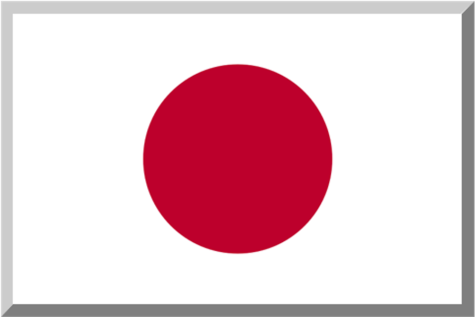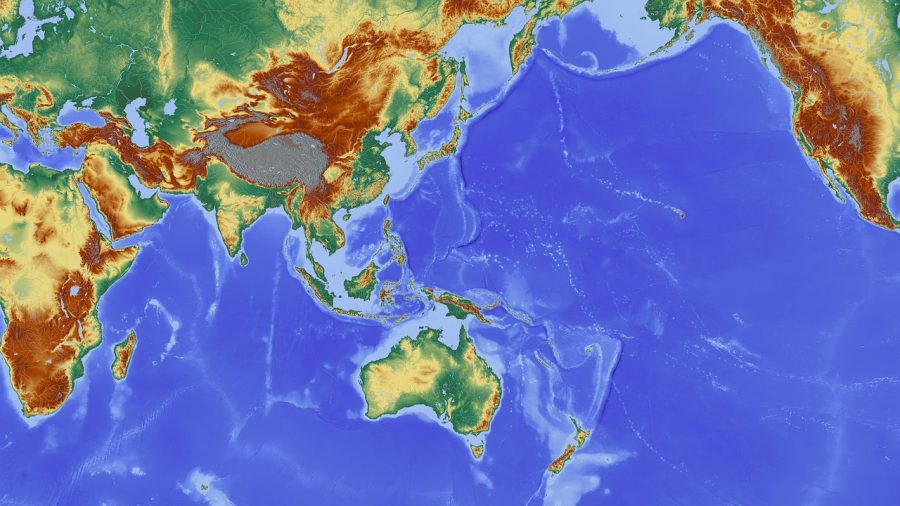Dying countries: East Asia’s population crisis
A strong population is what drives a country forward, but these two countries are experiencing a lack of this strength
A map of East Asia showing countries as far down as New Zealand and as far up as Russia.
June 5, 2023
LOS ALAMITOS CA — Throughout world history, East Asia was on the back foot, until the turn of the 20th century when Japan industrialized and later on when South Korea followed suit. World War II and the Korean War had their negative effects on these countries respectively, but they bounced back quickly.
Japan’s economy began to prosper during the Japanese Economic Miracle, becoming the second largest economy for a few years. South Korea experienced the Miracle on the Han River, which is the name given to their rapid rise. Both countries began as agrarian societies and entered the 21st century as beacons of technology and industry. This may seem like a divine blessing to these countries, but this rapid growth is wired to do more harm than good in the long run.
Japan’s population has been declining exponentially, and there are various reasons as to why. One reason is the rise in industrial sectors and decline in agrarian ones. Young people are going to big cities to work in tech jobs while the elderly work producing country’s food. The problem with this system is when all the elderly individuals eventually pass away, there will be very few people left to help cultivate produce and livestock.

Another issue is the high cost of living in these countries. Tokyo especially is one of the top ten most expensive countries to live in, and with it being the largest city in Japan, couples gravitate towards not having children due to the amount of money that goes into raising one.
“Japan has a reputation for its high living costs, especially Tokyo, which annually makes it into the lists of the world’s top ten most expensive cities,” says japan-guide.com
South Korea shares a similar pattern. This work-centric country has little to no time for raising children. Most households are focused on furthering themselves, whether it be for work or academia. Children have a lower emphasis on people’s lives and are seen as a privilege of the wealthy.

“The declining marriage rate can be seen as one result of the extreme workism culture, coupled with ongoing gender issues in Korea, experts say. [The Korean government] successfully discouraged nonmarital fertility, but they’ve also very successfully discouraged marriage,'” said Lyman Stone to NPR.
How this affects us:
The decreasing population seen in both countries means that more labor has to be taken up by a less portion of the population. On top of that, less employment will mean an overall smaller country, affecting exports. These exports are vital to countries like the United States.
For example, South Korea is the largest semiconductor manufacturer on the planet. Everything from cell phones to ATMs utilize semiconductors and are an extremely important part of modern-day technology. With a decreasing South Korean workforce, less and less semiconductor exports means less goods to go around.
Same goes for Japan; Japan’s biggest export are cars. Companies like Toyota and Honda originate from Japan and still manufacture a certain degree of their inventory from there. With a shrinking Japanese workforce, the task of making cars would be offloaded onto a different country like the United States of Mexico, causing Japan’s economy to fall even more and impacting the amount of cars available.
In conclusion, the topic of a shrinking East Asia is nothing to shrug off. The countries residing in the area are responsible for a very large portion of the products society relies on to run functionally. If this population decline were to continue, the United States will most likely see impacts.











